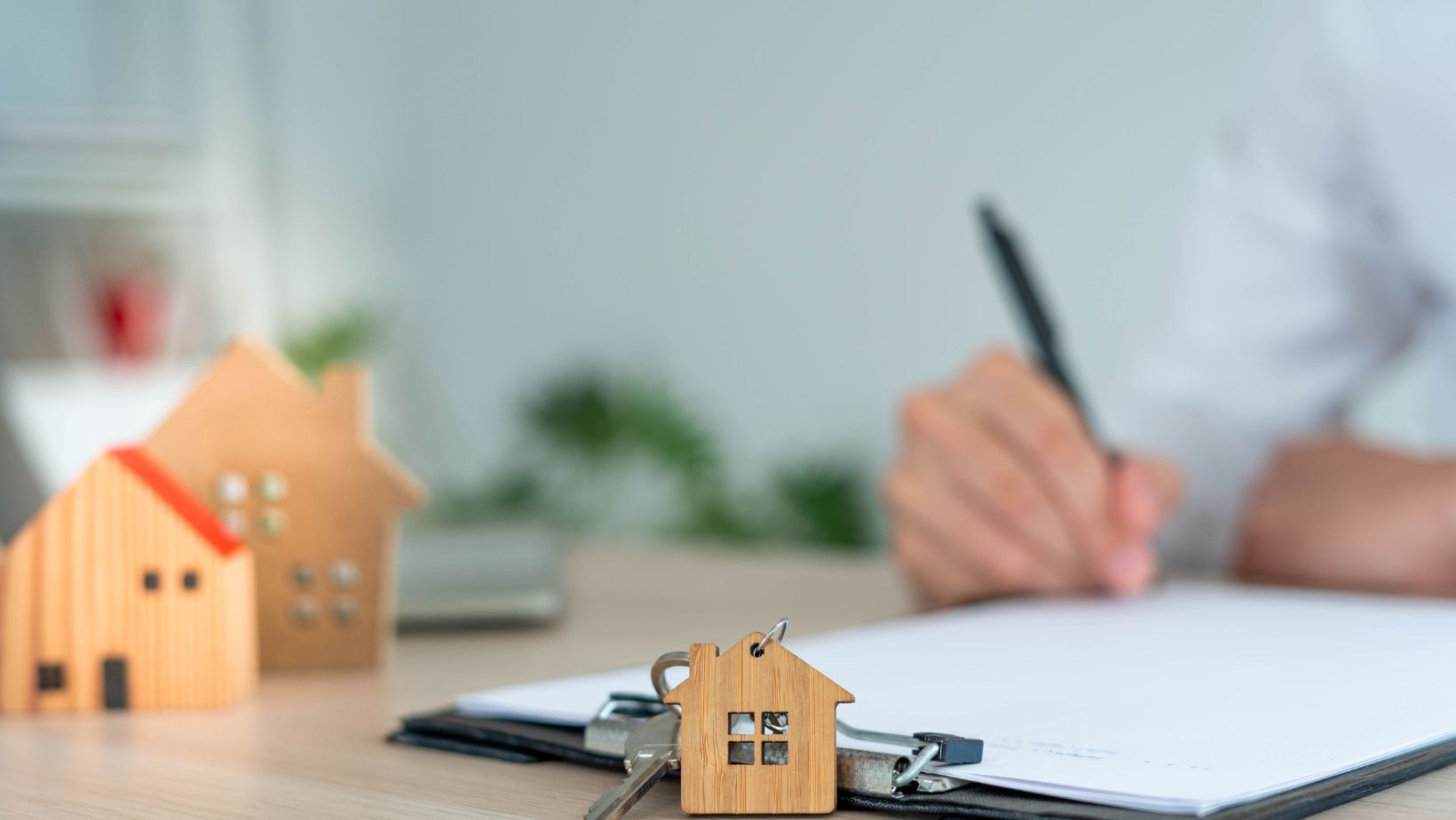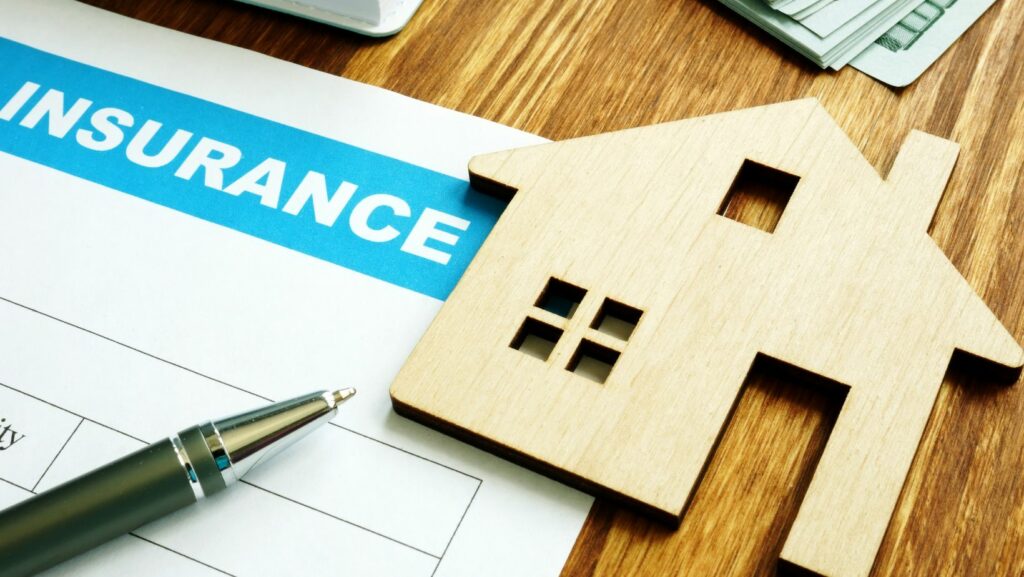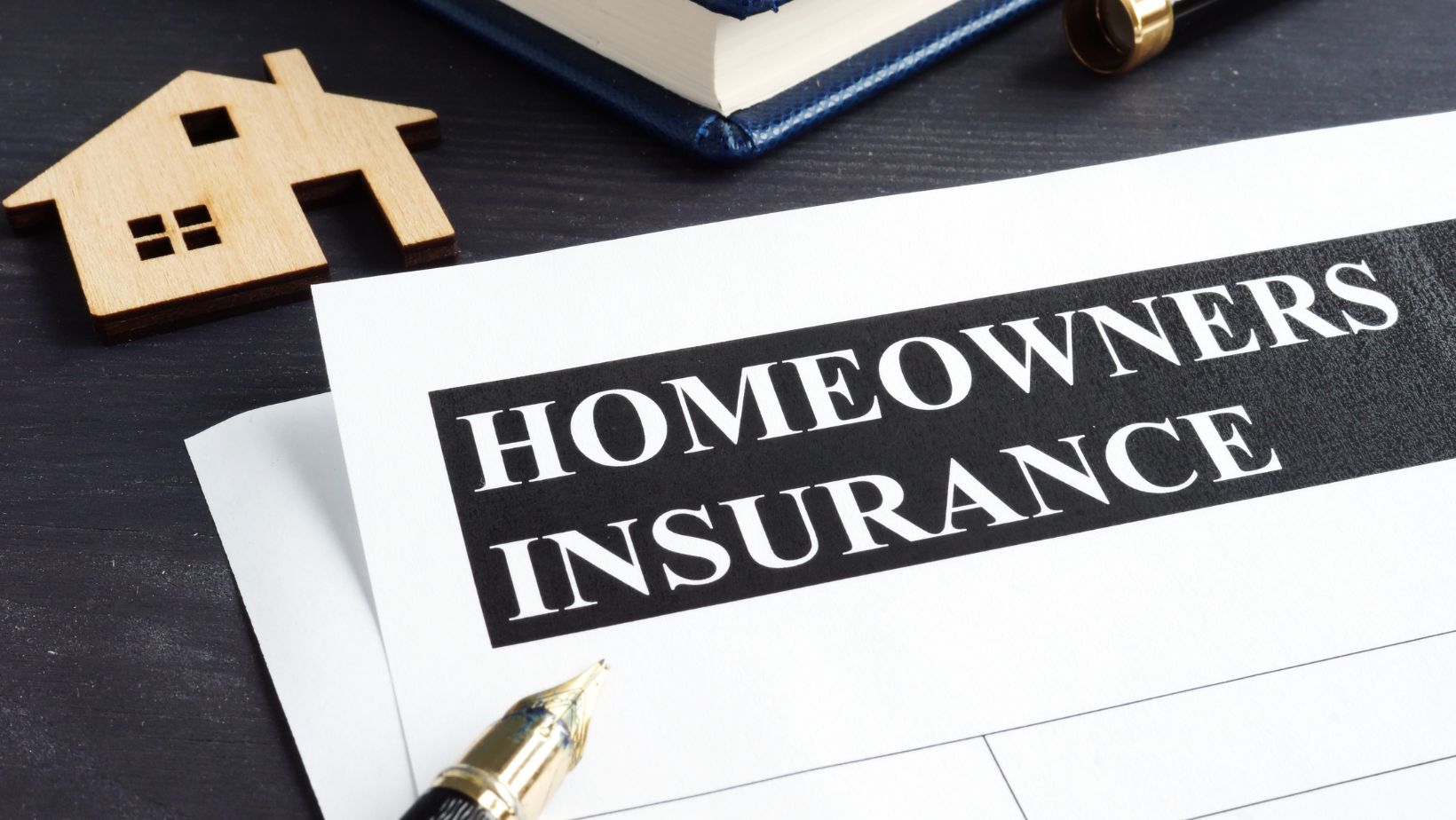Homeowners insurance is essential for safeguarding your property against a range of damages, including certain types of water damage. Typically, standard policies cover sudden and accidental water damage from burst pipes, overflows, and appliance malfunctions. However, they often exclude damage from flooding, sewer backups, and gradual leaks, which may require additional coverage. Understanding these specifics can prevent unforeseen costs and ensure comprehensive protection for your home. It’s important to review your policy thoroughly and consider supplemental coverage if necessary.
Types of Water Damage Covered by Homeowners Insurance
Sudden and Accidental Incidents
Most standard homeowners insurance policies cover water damage caused by sudden and accidental incidents. Examples include:
Burst Pipes: If a pipe bursts suddenly due to freezing or blockages, the resulting water damage is generally covered by standard homeowners insurance policies. This coverage includes repairs to the affected areas and replacement of damaged property.
Accidental Leaks: Damage from accidental leaks, such as those caused by a malfunctioning water heater or dishwasher, is typically covered by homeowners insurance. This coverage helps repair the damaged areas and replace any affected property.
Storm Damage: Water damage from rain, hail, or wind-driven water entering your home through a damaged roof or windows is often covered by homeowners insurance. This coverage includes repairs to both the structural damage and any resulting water damage inside the home.
Fire-Related Water Damage
If water is used to extinguish a fire in your home, the resulting water damage is typically covered by homeowners insurance. This coverage ensures that both the fire and water damage are addressed, helping to repair or replace affected structures and belongings. The policy generally includes costs for drying out the property, removing damaged materials, and preventing mold growth.
By covering these expenses, homeowners insurance provides comprehensive protection in the aftermath of a fire. It’s essential to report the incident promptly to your insurance provider to facilitate a smooth claims process.
Ice and Snow
Damage caused by ice dams, where water seeps into your home due to ice buildup on the roof, is often covered by homeowners insurance as long as it is not due to neglect. This coverage helps repair the damage to your roof and any interior damage caused by the water infiltration.
However, it’s important to maintain your roof and gutters to prevent such issues, as neglect or lack of maintenance can result in denied claims. Proper insulation and ventilation can help mitigate the risk of ice dams. Always review your policy details to understand the specific coverage and requirements.
Types of Water Damage Not Covered by Homeowners Insurance
Flooding
Standard homeowners insurance does not cover flooding, which includes damage from heavy rains, storm surges, or overflowing rivers. To protect your property against flood damage, you need a separate flood insurance policy.

This can be purchased through the National Flood Insurance Program (NFIP) or private insurers. Flood insurance provides coverage for both the structure of your home and its contents, ensuring comprehensive protection against flood-related losses.
Neglect and Lack of Maintenance
Damage resulting from neglect, such as not fixing a leaky roof or failing to maintain plumbing, is not covered by homeowners insurance. Insurers expect homeowners to perform regular maintenance to prevent such problems. If damage occurs due to neglect, the costs of repairs and replacements will be the homeowner’s responsibility.
Regular upkeep and prompt repairs are essential to ensure that your home remains covered for unexpected damages. Always review and adhere to the maintenance guidelines outlined in your insurance policy.
Sewer Backup
Water damage caused by sewer or drain backups is generally not covered by standard homeowners insurance policies. To protect against this type of damage, you need a specific endorsement for sewer backup coverage. This additional coverage helps pay for repairs and replacements if water from a backed-up sewer or drain causes damage to your home. It’s important to review your policy and consider adding this endorsement if your property is at risk for such incidents.
Gradual Damage
Damage that occurs gradually over time, such as slow leaks that lead to mold or rot, is typically excluded from homeowners insurance coverage. Insurers consider these issues preventable with proper maintenance and regular inspections. Because such damage results from neglect or a lack of upkeep, it falls outside the scope of standard policies.
Homeowners are responsible for identifying and addressing minor issues before they escalate. Regular maintenance, prompt repairs, and routine inspections are crucial to avoid these types of exclusions and ensure comprehensive protection for your home.
Calling Professionals for Water Damage Restoration
Calling professionals for water damage restoration is crucial for ensuring thorough and effective recovery of your property. Experts in SS Water Restoration possess the necessary skills and equipment to identify hidden moisture, prevent mold growth, and restore your home to its pre-damage condition. They also help navigate the complexities of insurance claims, ensuring that all required documentation is accurate and submitted promptly.
Professional restoration services reduce the risk of further damage and health hazards associated with water damage. Trusting specialists in ss water restoration not only saves time and effort but also provides peace of mind that the job is done right.
FAQs
Does homeowners insurance cover water damage from a leaking roof?
Yes, if the leak is sudden and caused by a covered peril like a storm. However, if the leak is due to wear and tear or neglect, it won’t be covered.
Will my insurance cover water damage from a burst pipe?
Damage from a burst pipe is usually covered if it happens suddenly and accidentally. However, if the burst pipe is due to neglect, such as failing to maintain your plumbing, it won’t be covered.
Is mold removal covered by homeowners insurance?
Mold removal may be covered if the mold is a result of a covered peril, such as water damage from a burst pipe or storm. However, mold caused by long-term neglect or poor maintenance is not covered.
Conclusion
Understanding the specifics of your homeowner’s insurance policy is vital in ensuring you are adequately covered against water damage. Regular maintenance and quick repairs can prevent many common water damage scenarios and ensure that you remain protected under your policy. For any exclusions or additional coverage options, such as flood insurance, it’s best to discuss with your insurance provider to tailor your policy to your needs.



More Stories
What Should You Look for When Purchasing a Premium Men’s Linen Shirt?
The Casino Experience: Types, Appeal, Rules & Online Vs. Offline Debate
The Real Value of a Public Adjuster When Your Insurance Stops Playing Fair